

New Year is swiftly approaching. Clients are sending congratulations, cities are buzzing with festive vibes, and the world is preparing for an annual winter sleep. This is arguably the best moment to slow down, take a look back, and make resolutions for the next 12 months. We decided to join in and focus on our own bunch. I talked to other CineD authors, and together we gathered highlights from 2023 (gear- and trend-wise), and wishes for the filmmaking industry in 2024.
As you probably know, all CineD writers are active filmmakers from different countries and across various departments. Thus, the observations below are based on our own experience. Of course, everything in this creative industry is subjective. Yet, we can’t help but wonder if our insights, highlights, and resolutions resemble yours. So, please, feel free to share your perspective in the comments below.
Gear highlights of 2023
Okay, let’s start with the beloved tech. We were happy to witness countless releases in 2023, yet some of them stand out. Jakub Han – the freelance filmmaker based in Vienna – singled out Panasonic LUMIX S5II and S5IIX full-frame mirrorless cameras. As he explains, they brought along very useful features such as a reliable AF in a relatively compact and affordable body.
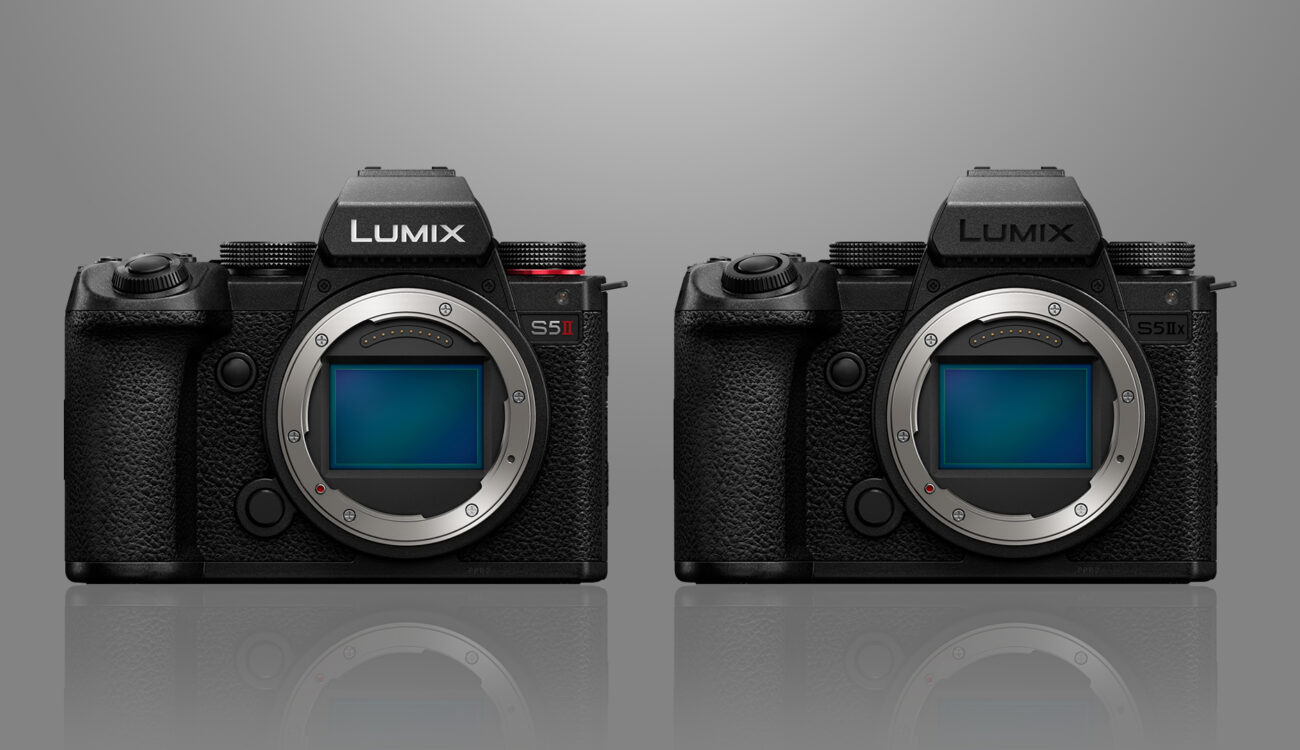
At the same time, Jakub mentioned the new DJI Osmo Pocket 3. Released roughly two months ago, this tiny gimbal-stabilized camera with a larger 1″-type sensor and D-Log M color profile is a solid upgrade to its predecessor.
I feel like I can finally include this camera in my productions for certain special shots (such as “faking a drone” in spaces where flying is not possible).
Jakub Han

For Francesco Andreola, a Milan-based filmmaker and educator, the biggest 2023 highlight camera-wise was the launch of the Nikon Z 8. In his opinion, many people are still biased by preconceptions related to Nikon’s old DSLR products due to their weak video features. Yet, the Z 8, inheriting the powers of the popular Z 9 model but in a lighter body, is definitely worth a look at. Why? 8K internal RAW, 4K 120fps, and internal ProRes in a compact form factor. According to Francesco, this camera can be quite appealing for those choosing their first hybrid system for stills and video.
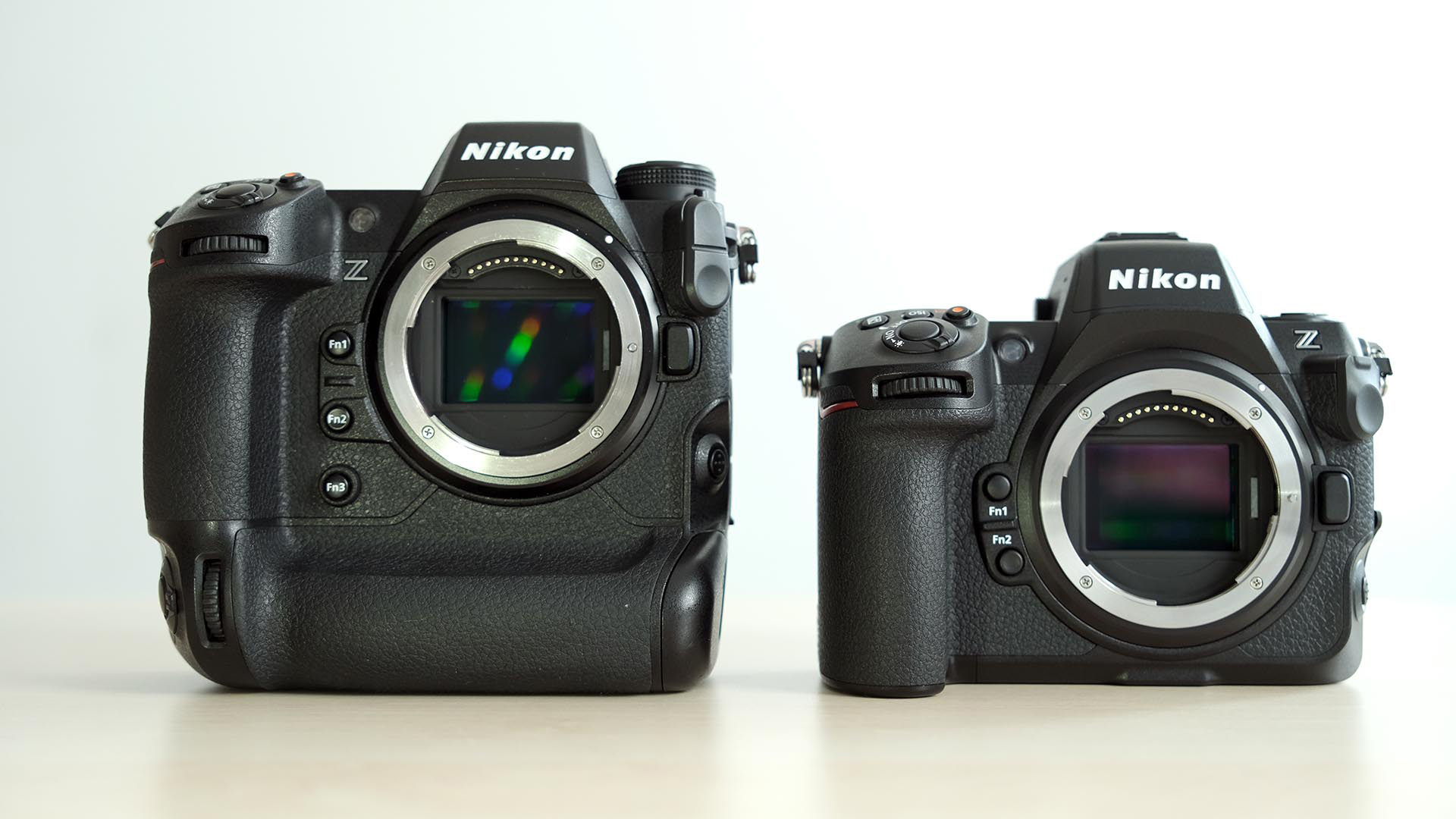
In terms of higher-end cameras, our authors highlighted two, which have raised the bar in 2023. For Florian Milz – the creator of the CineD Databases – this place is taken by ARRI ALEXA 35, which was introduced last year but gained widespread availability and extensive feedback in 2023. Florian explains that its mere existence while other manufacturers seem to be going full-frame is a turning point and a big indicator of where our industry may head with Super 35 “in” again.
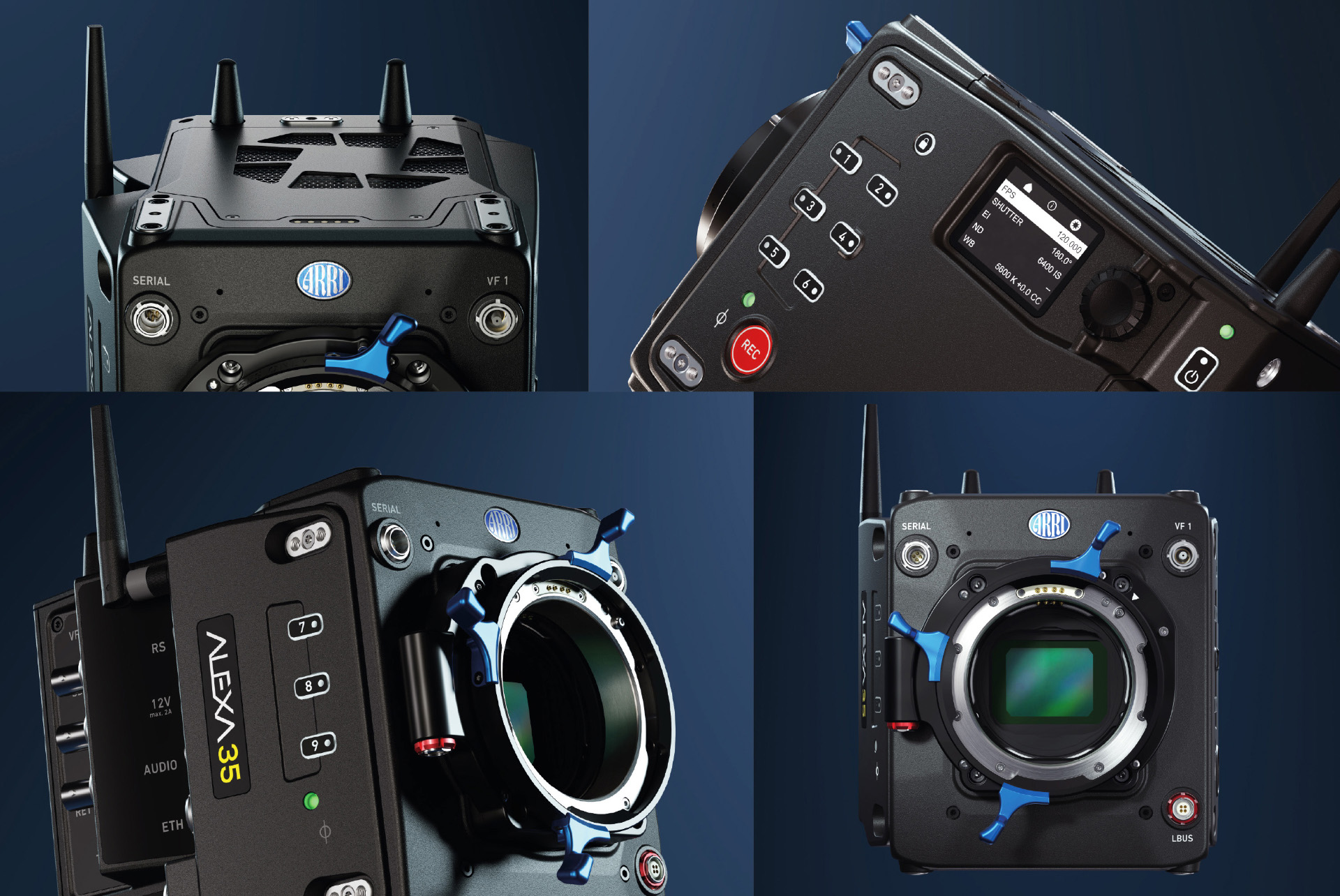
At the same time, cinematographer and producer Nino Leitner (also Co-CEO of CineD and MZed) pointed out the announcement of Sony BURANO as his personal highlight of 2023. While we haven’t had a chance to properly review it yet as it’s still in pre-production, it appears to manage some things that no other full-frame camera has done before.
For example, the combination of a built-in (variable) ND filter with IBIS, and the addition of a great autofocus – these are the features other high-end cameras never had. This will open up a lot of possibilities.
Nino Leitner
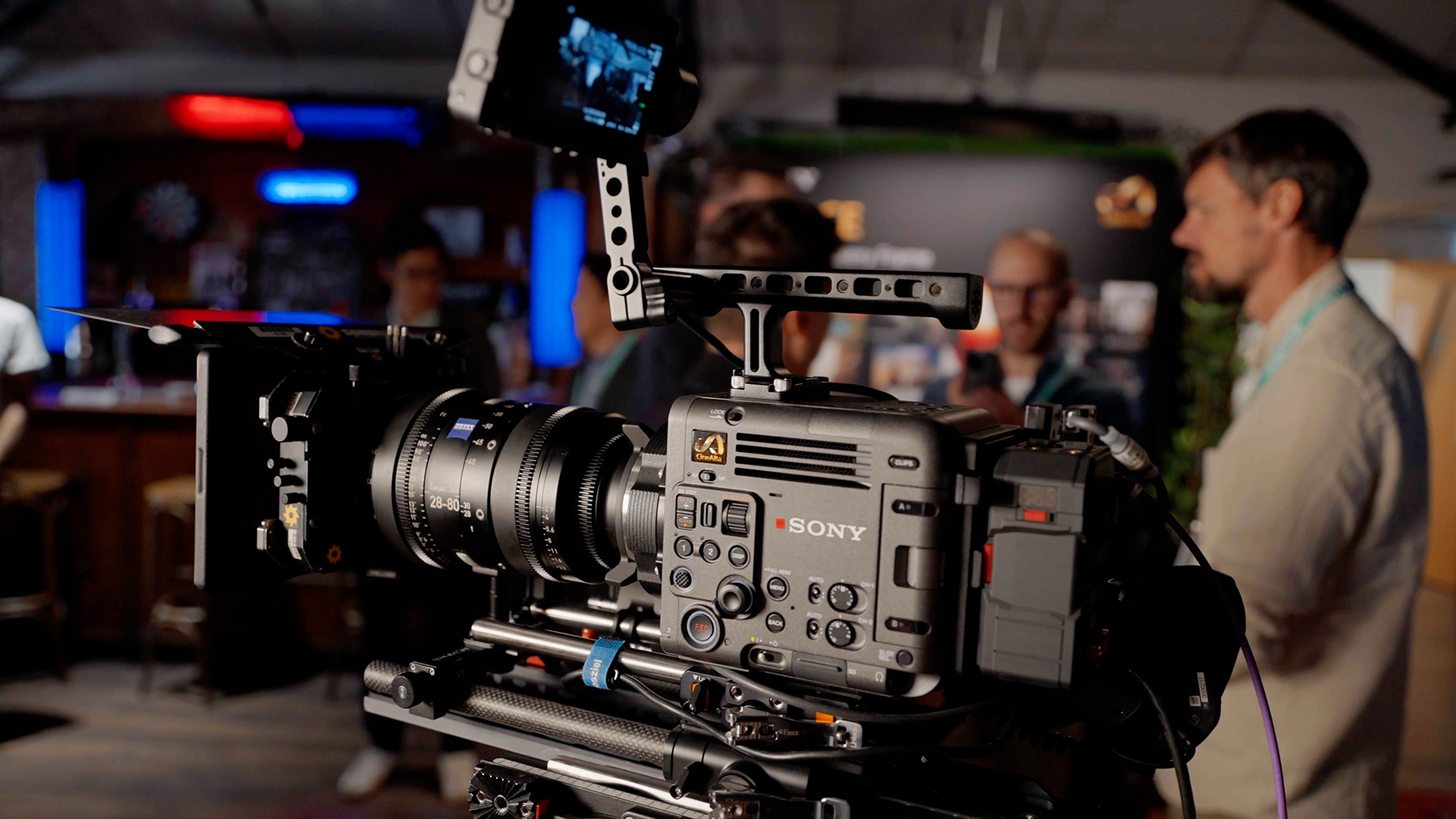
Among other gear highlights that CineD authors mentioned is, for example, the Canon 24-105mm f/2.8 L IS USM Z lens. As Florian Milz explains, this is the first time a lens with this focal range featured a fast aperture of f/2.8, image stabilization, and a compact form factor.
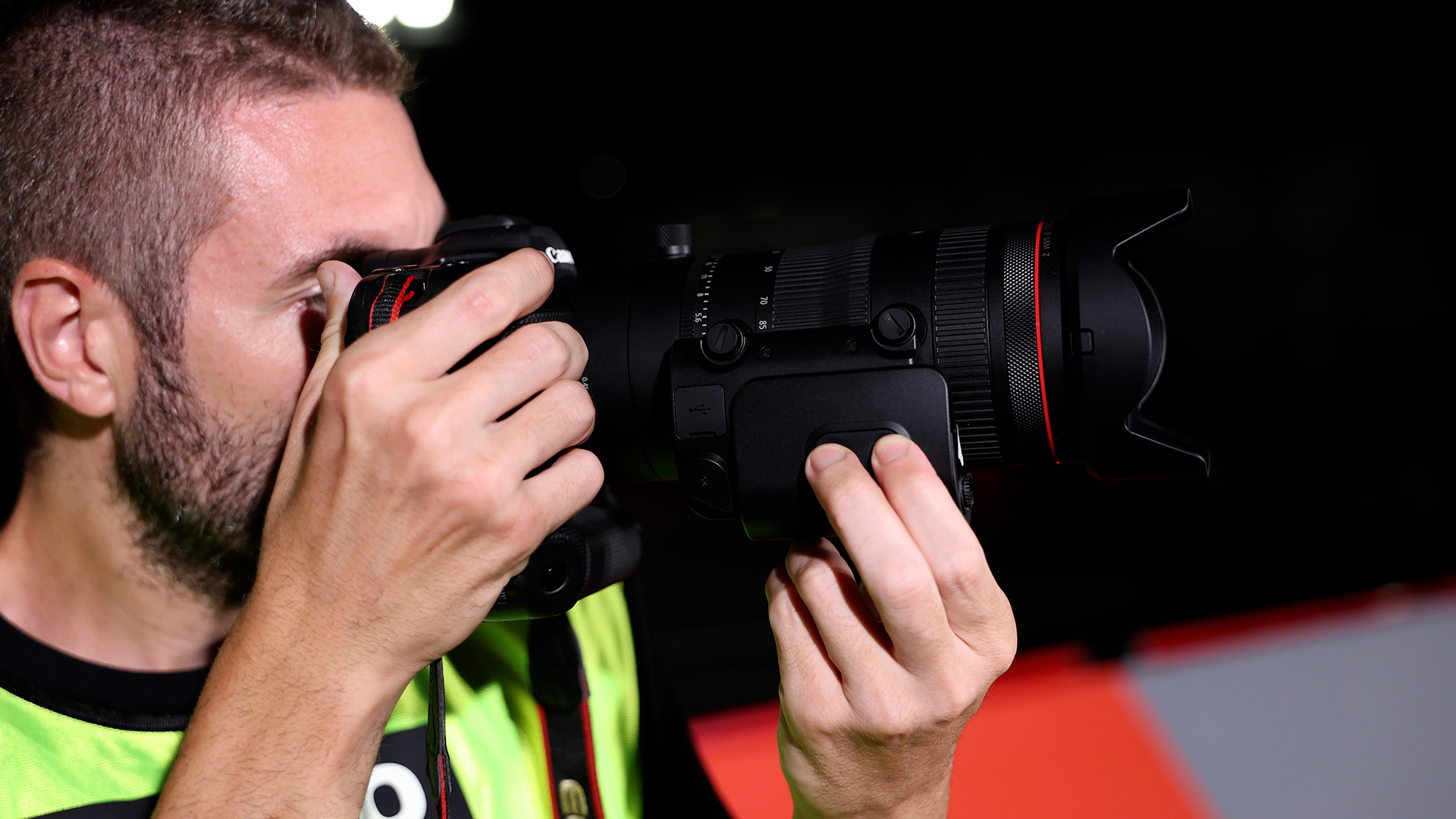
Also, clearly, we couldn’t miss the arrival of the new iPhone 15 Pro & Pro Max. More opinions on it follow below.
Wishes for filmmaking: software improvements that impressed us
Apart from hardware development, 2023 brought us enough software updates to talk about. Freelance video producer and our DaVinci Resolve expert Alex Hohenthaner highlighted specifically the new audio transcribe and auto subtitle features, as well as text-based editing in Resolve. As Alex does a lot of doc-style and interview content, these AI-based tools saved him many hours this past year and truly revolutionized his workflow.
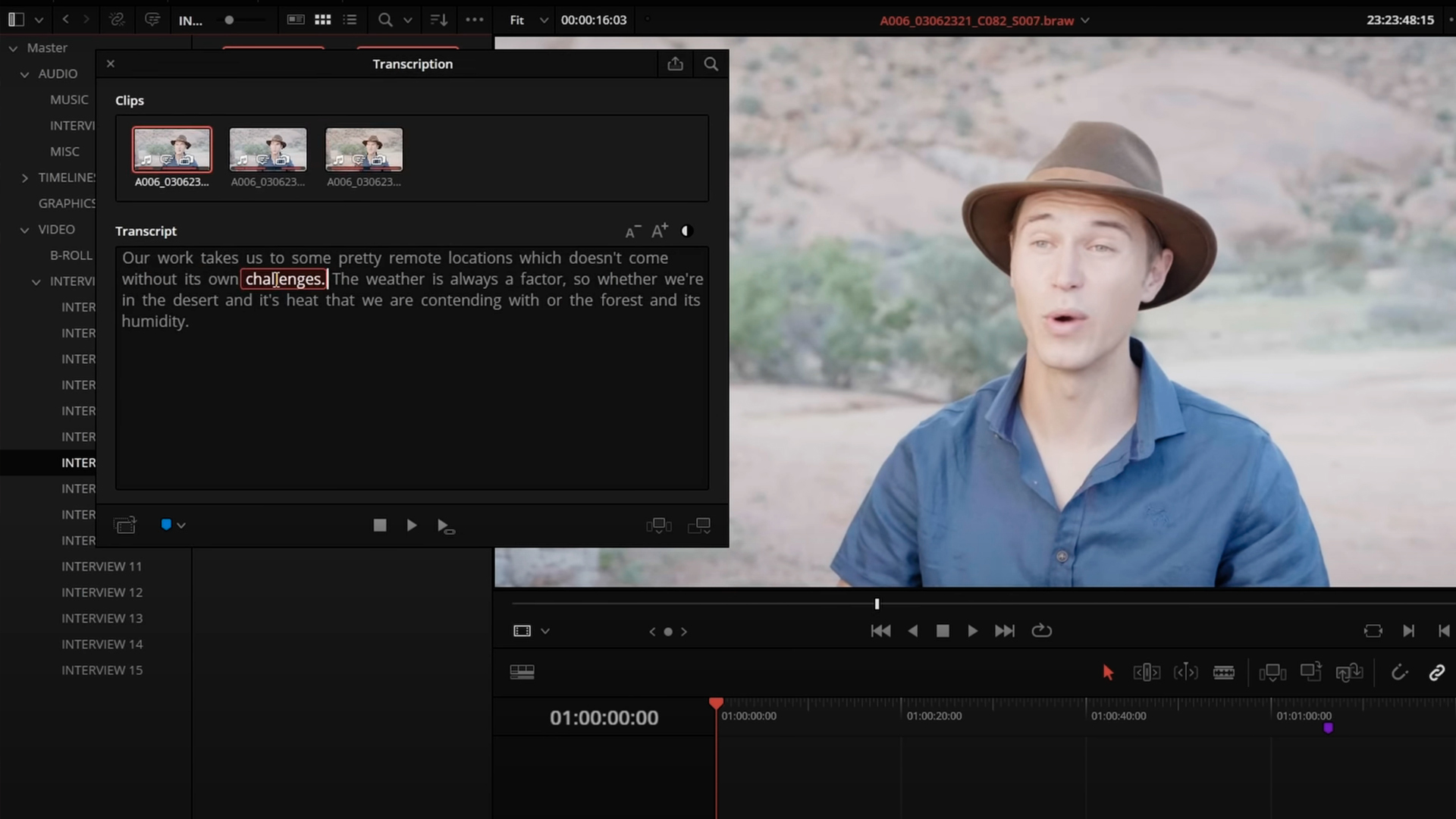
I have to second that. Personally, I work both in DaVinci Resolve and in Adobe Premiere Pro. In 2023, companies integrated such AI-driven features directly into software, and life became immensely simpler. Honestly speaking, Alex and I wonder how we worked without them before.
As a seasoned photographer, Alexandra Thompson pointed out the advancements in Adobe Photoshop and Lightroom which have made her work much easier. For example, you can read about Adobe Firefly here, which serves as the engine for new image adjustment features like Generative Fill.
Main trends of the last year, in our opinion
As we’re already on the AI topic, let’s talk about the main growth trends, that we noticed in 2023. The emergence and rapid development of artificial intelligence (especially generative one) is hands down the most frequent answer I got from other CineD writers. Reuben Evans – an independent filmmaker from the Pacific Northwest – and Jakub Han agree that the presence of AI feels like it’s everywhere nowadays. People create images from text prompts, animate them by pressing a button, add artificially created voice-overs, or make a whole video from scratch with the help of advanced 3D scanning technology in Luma AI (like in the example below, which I explained here).
And that’s only the beginning. Alex Hohenthaner is sure that we will see much more generated content in the future, like fully AI-created ads, which won’t be distinguishable from real footage. This development will indeed influence our jobs, and one of the wishes for the filmmaking industry is to find ways to put a premium on the work of human artists, as Reuben Evans puts it. We’ll talk about it in a second.
Another major trend in video production is that the cameras keep getting smaller and more capable. Just look at the iPhone 15 Pro, which can now shoot Apple Log and record in 10-bit ProRes codecs! For Alexandra Thompson, having an item with such possibilities in your pocket is a no-brainer. Nino Leitner mentioned, that of course, its small sensor cannot compare to traditional cameras yet, as our Lab test showed. However, no smartphone could shoot in Log before, and it’s a sign of things to come.
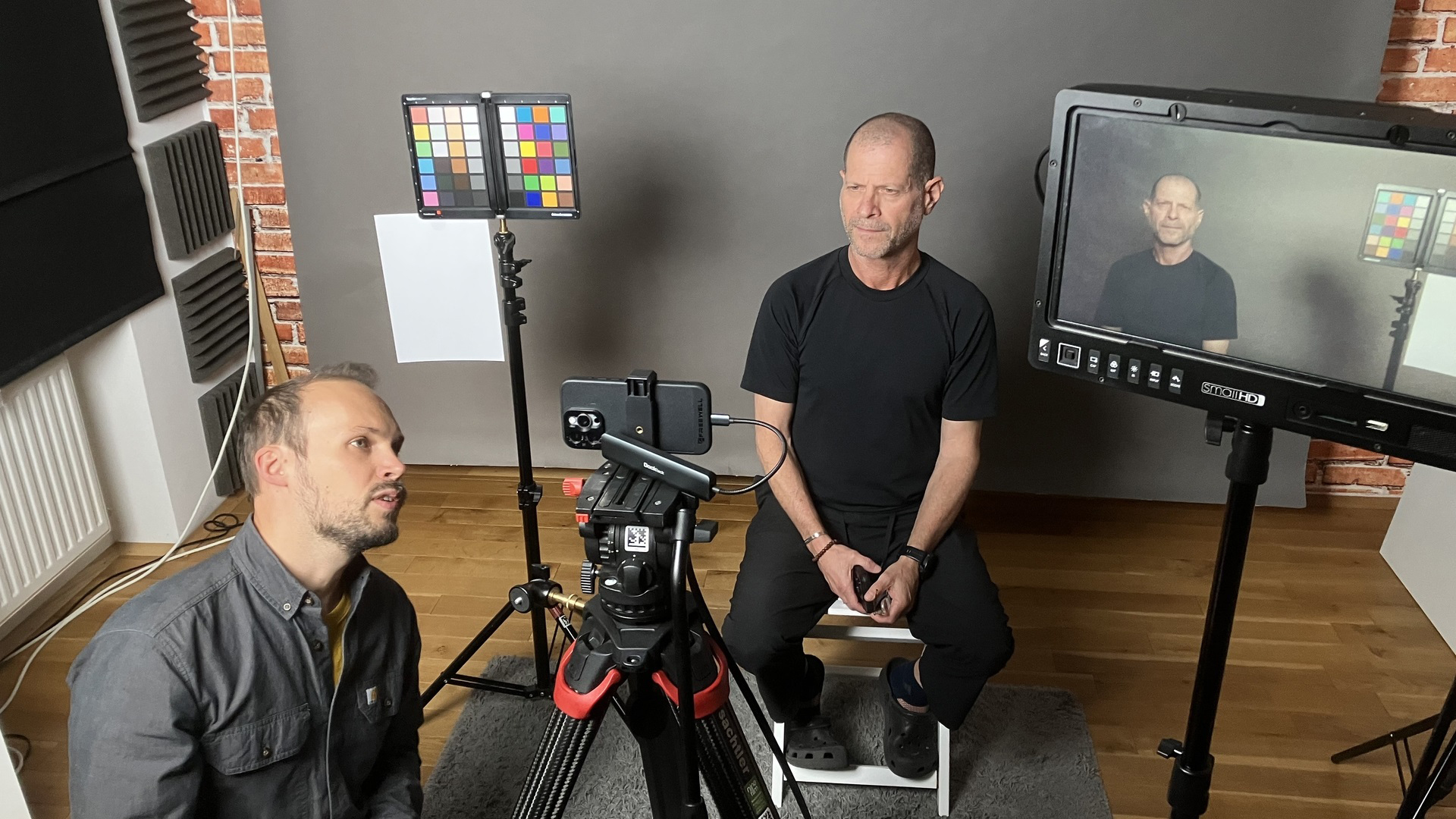
As Nino explains, we already see that the division between “pro cinema” and “mirrorless” is completely obliterated, and there is no technical difference between the segments anymore. It doesn’t matter what you shoot on, and younger filmmakers don’t strive for big cameras, but rather for better images and smaller set-ups (including the same trend for lights and lenses). Which is great.
Of course, our authors also noticed how social media kept influencing the video industry in 2023. It is remarkable, admits Francesco Andreola, but vertical videos (and sometimes square versions) have nowadays the same relevance as the main widescreen output, even on large productions. I guess we’re all familiar with this trend and often have to adjust our ordinary routines during the shoot, while manufacturers also try to keep up.
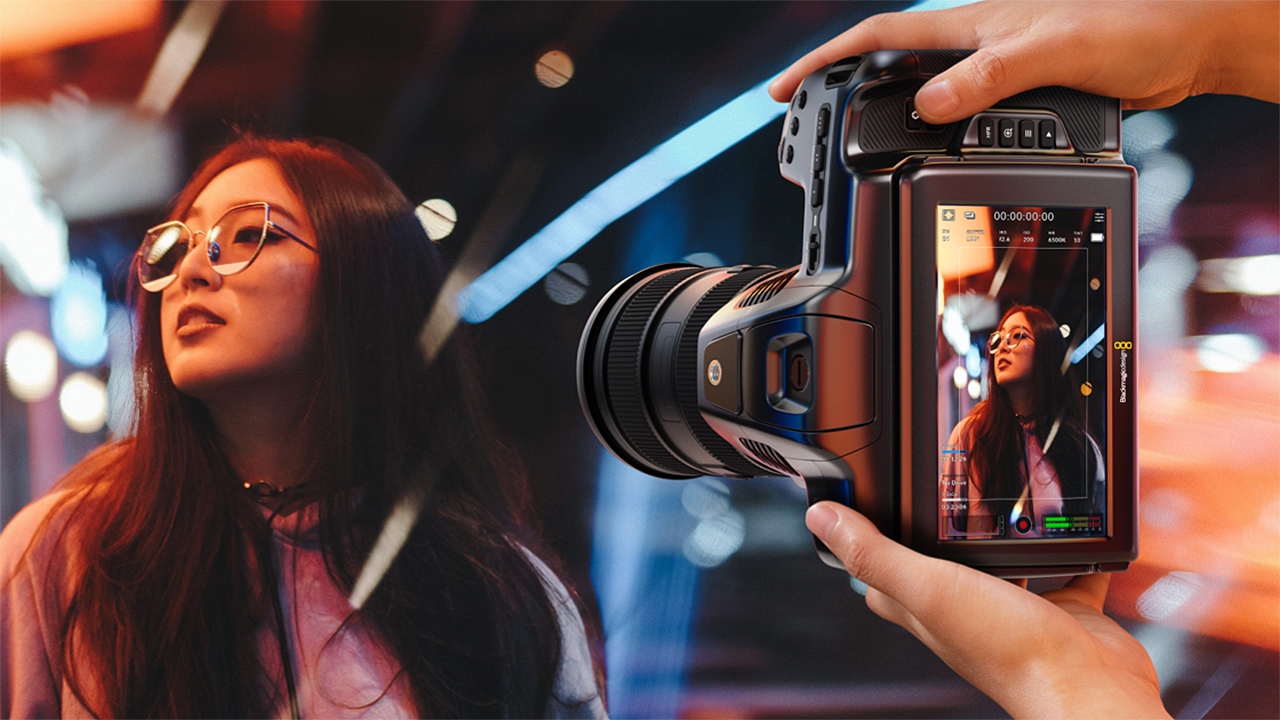
At the same time, London-based filmmaker and musician Jose Prada believes that 2023 was a step back in the trend of “Shorter is better”. Even social media platforms like Instagram now allow the creation of longer videos, which is a significant decision after consistently shortening the viewer’s attention span.
I guess the 15” video kingdom these last years became a bit saturated since everything lacked depth, and everyone was trying to catch your attention in the first second no matter the shot. This was limiting narrative options, so going back to a longer format is a breath of fresh air for old-school guys like I am.
Jose Prada
Among other 2023 trends that our authors pointed out were the growing use of FPV drones (not only during sports shoots, but also for narrative commercials or live broadcasting), and the extensive application of virtual sets, greenscreen, and VFX in films.
What are we thankful for?
It wasn’t an easy year for the filmmaking branch, but there are a lot of things to be thankful for. Several CineD authors mentioned how great it is that our industry picked up pace again after COVID-19. In 2023, most people finally felt comfortable enough to prefer in-person contact to virtual meetings. That sped up many tasks, brought us back personal connections to other filmmakers, and increased the amount of paid jobs.
Another thing to be grateful for is the ever-growing flexibility of filmmaking, connection between different departments, and a huge field for experimentation.
You can find yourself working as a camera assistant on a bigger set one day, then directing or DP-ing on a smaller gig right after. I think this is pretty unique to our industry and, while specialization always wins in the end, you can learn a lot from moving back and forth between different-sized projects.
Francesco Andreola
Learning new filmmaking tools and techniques is what I’m thankful for. So, my thanks goes to all the people who share their knowledge and help others to become better in whatever film careers they want to pursue. Be it CineD writers, YouTube vloggers, or industry experts making elaborate courses for our educational platform MZed. As Reuben Evans wisely puts out: “Give opportunities, training, and knowledge away to build others up, and it will come back to you.“
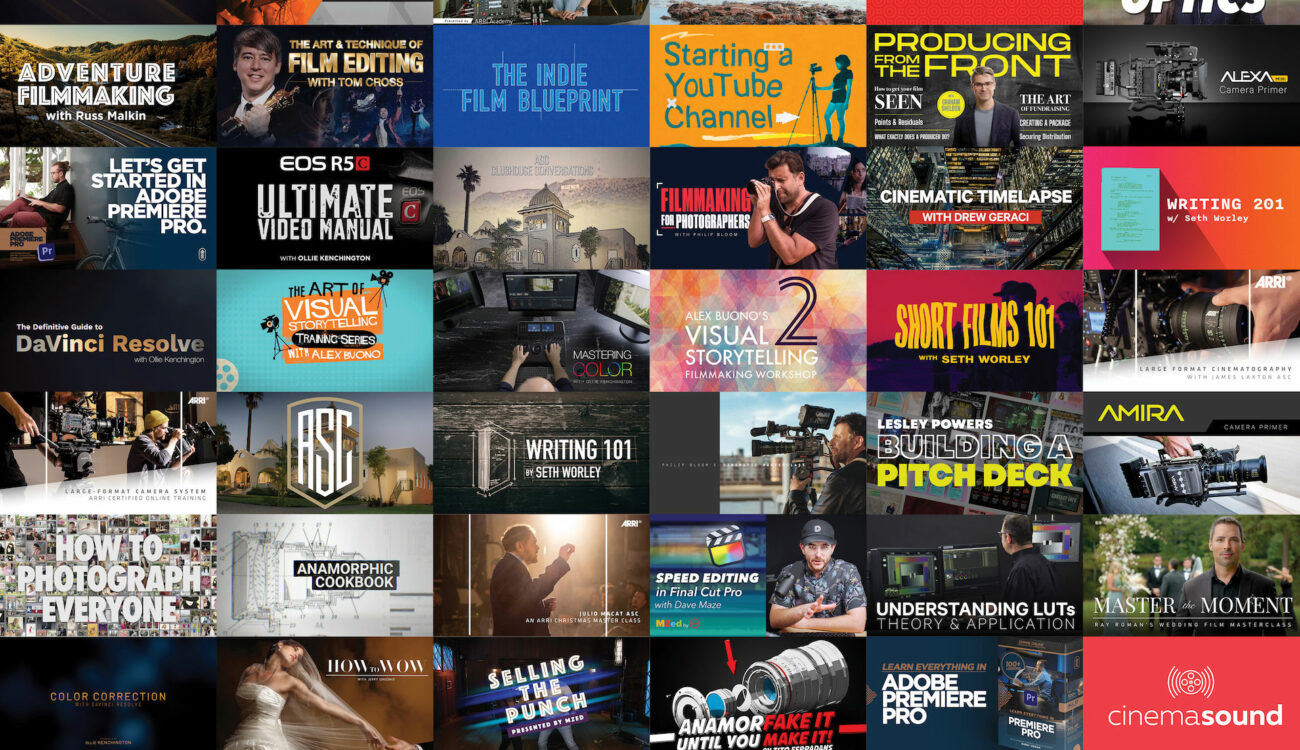
Wishes for the filmmaking industry in 2024
Considering the above, it’s time to make some resolutions and wishes for the filmmaking industry for the next year.
First of all, we all sincerely wish that AI (as well as other kinds of emerging technology) becomes an additional useful tool in a filmmaker’s kit, and not something to fear. In my opinion, we shouldn’t see it as an enemy to hate, or – worse – ignore. It won’t magically vanish anyway, even if we do. Sure enough, it calls for clear guidelines, restrictions, and regulations, especially when it comes to generated content, ethics, and attribution questions. Yet, learning new tools, embracing the change, and diversifying your skills is important. Nino Leitner urges everyone to be adaptive and don’t get stuck in one way of doing things. It’s up to us to stay on track and move our industry toward a safe, creative, and collaborative environment.

We also wish that in 2024, filmmaking will get back into sustainable growth. We have witnessed some groundbreaking changes and big events this past year like the joined Hollywood writers and actors strike. Graham Sheldon – a producer and DP residing in Southern California – believes it was essential:
After a year of necessary labor disputes in Hollywood, I’m hopeful we can all come back and continue making the stories we love without long-term damage or repercussions.
Graham Sheldon
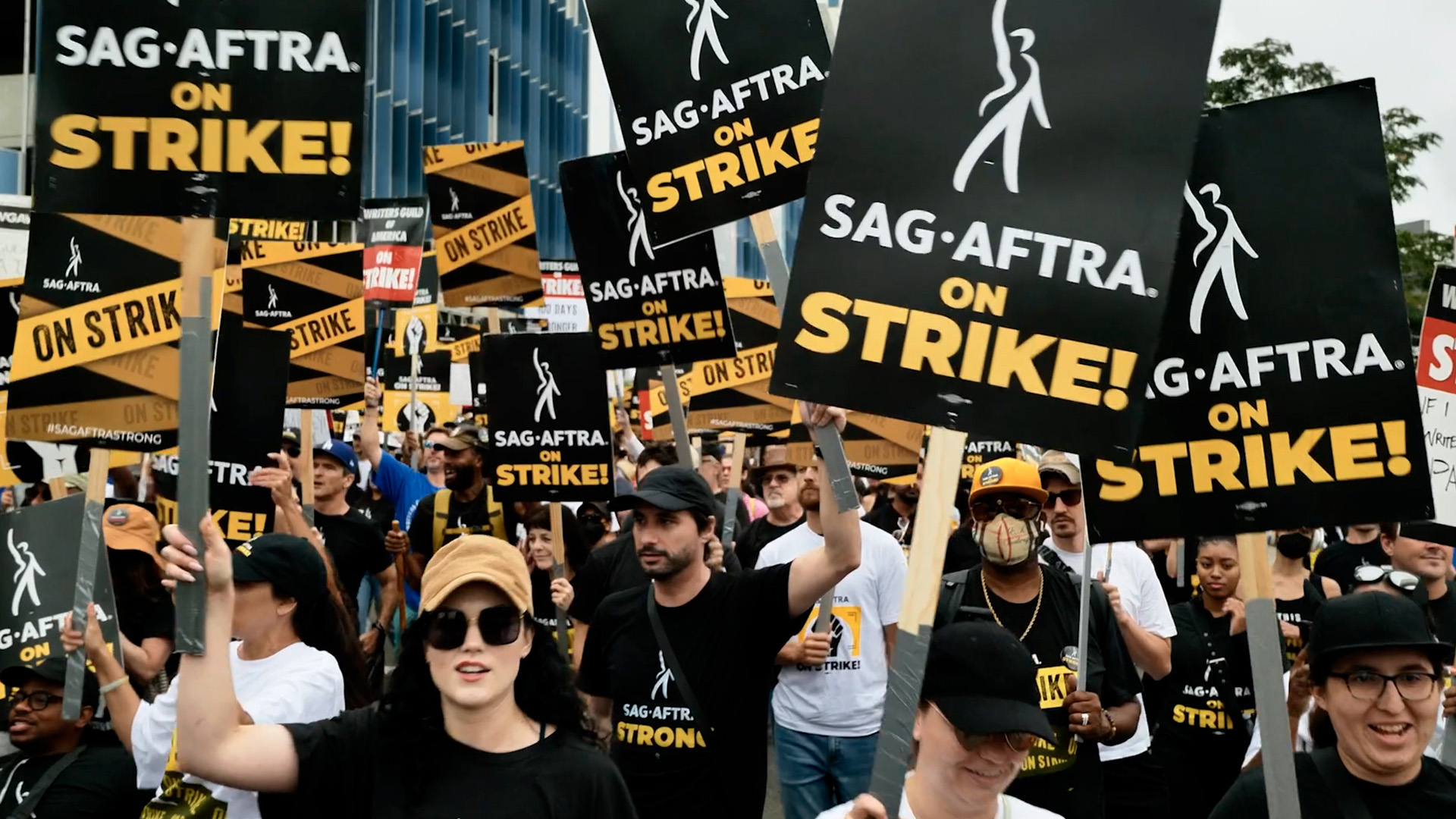
One of the worries that Graham mentions is connected to independent productions. Unfortunately, they have hit a rough patch right now with minimal acquisitions from the global market festivals in favor of “in-house” productions by the major streamers. Therefore, Graham would love to see the indie film return to a healthy place.
Jose Prada adds to it. Speaking of streaming platforms such as Netflix or HBO Max, he finds it a pity that everything produced seems to fit a pattern or some corporate guideline. Hence, it would be great to have more personal work on these platforms as well. Jose misses movies with something to say, and he wishes a new trend of filmmakers could fill this void.
And last but not least, a wish comes from Alexandra Thompson, who hopes that creators will support each other as much as possible, and remember that there is life beyond work. I can only endorse every word.
We’re looking forward to
Of course, we don’t know for sure what 2024 will bring for our industry, but there are things we’re looking forward to:
- New theatrical releases, some of which were postponed due to the Hollywood actor’s strike. (For Alex Hohenthaner it’s “Beetlejuice 2“, for me – the sequel of Denis Villeneuve’s “Dune”, for Jose Prada – Mike Flanagan’s “The Life of Chuck“; and for Reuben Evans – the theatrical release for the docudrama he directed this year featuring John Rhys-Davies, “Amazing Grace: The True Story”);
- Attending NAB and IBC trade shows, and interacting with manufacturers and users alike;
- Further advancements in technology. For instance, Jakub Han really expects to start seeing mirrorless cameras with internal variable ND filters in 2024 (“Sony, I’m looking at you“, – adds screenwriter, director, and DP Fergle Gibson, who is also waiting for it);
- Writing more articles, filming thorough reviews, and composing exciting How-Tos for you;
- Taking our filmmaking education platform MZed to the next level.
We have so much in store for our MZed members, but it’s too early to announce. I’m eager to present new courses and experiences that will benefit every professional filmmaker significantly. Same for CineD … can’t wait to lift the curtain on all the new features we will introduce over the next 12 months. Stay tuned!
Nino Leitner
Conclusion
This article was possible only with the immense support and help from: Nino Leitner, Johnnie Behiri, Alexandra Thompson, Francesco Andreola, Florian Milz, Jakub Han, Graham Sheldon, Alex Hohenthaner, Jose Prada, Reuben Evans, Fergle Gibson, and others.
On behalf of the whole CineD team, we wish you pleasant holidays, Merry Christmas, and a Happy New Year! Thank you for all your support and for being such an amazing community!
Tell us about your wishes for the filmmaking industry and resolutions for 2024! Which highlights and trends would you add to this text? What are you looking forward to? Let’s talk in the comments below!
Feature image source: AI-generated with Midjourney for CineD






